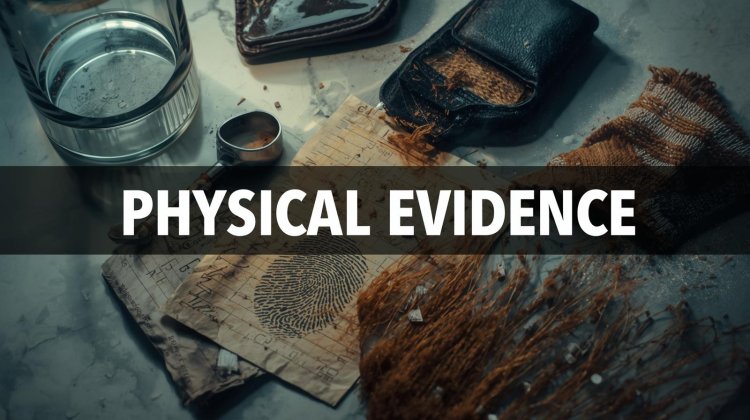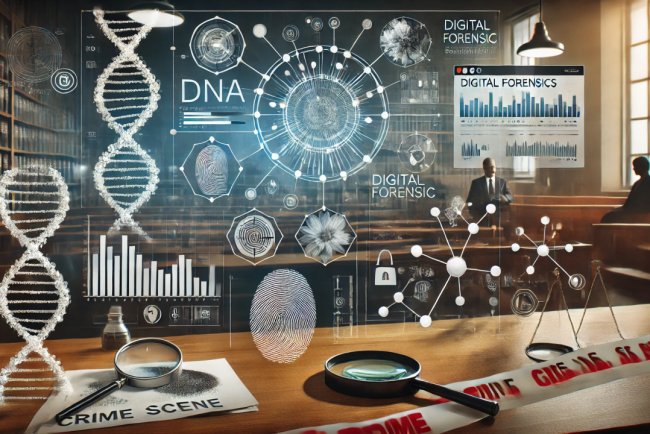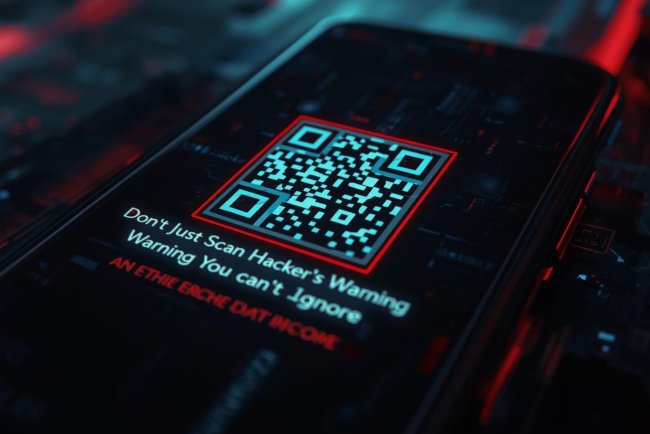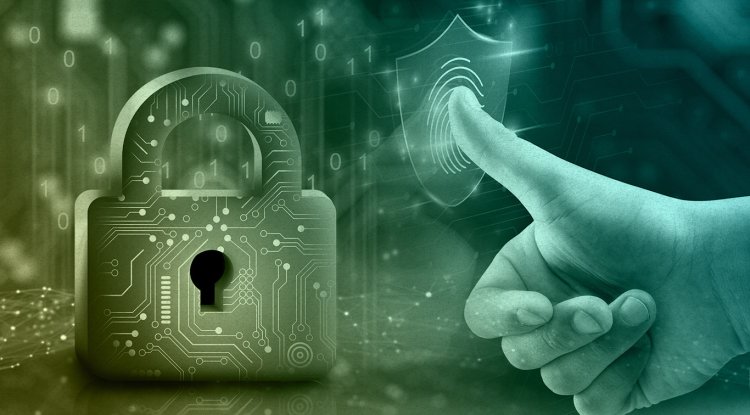Investigating the Future: Day 5 of International Forensic Science Week - PHYSICAL EVIDENCE
Any substantial or tangible thing discovered at a crime scene, on a victim, or connected to a suspect is referred to as physical evidence. This type of evidence can be used to support or refute facts during a criminal investigation.

Principle Behind It
Trace evidence relies on Locard’s Exchange Principle, which states
"Every contact leaves a trace."
Types of Physical evidences
-
Biological Trace Evidence
-
Hair
-
Skin cells (DNA)
-
Blood (in tiny amounts)
-
Pollen or plant material
-
-
Physical Trace Evidence
-
Fibers (clothing, carpet)
-
Paint chips
-
Glass fragments
-
Soil or dust
-
Metal particles
-
Plastic fragments
-
-
Chemical Trace Evidence
-
Gunshot residue
-
Explosive particles
-
Drugs or toxins (in trace amounts)
-
Nature of Trace Evidence
1. Microscopic in Size
-
Trace evidence is usually very small or even invisible to the naked eye.
-
Requires special tools like microscopes or chemical analysis to detect and analyze.
2. Transferable
-
Trace evidence transfers between people, objects, or environments during contact.
-
Example: Fibers from a suspect’s shirt may transfer to a victim during a struggle.
3. Transfer Follows Locard’s Exchange Principle
-
“Every contact leaves a trace.”
-
This principle is the foundation of forensic trace analysis.
4. Persistent (but not permanent)
-
It can remain on a surface for hours, days, or longer — until it's wiped, washed, or falls off naturally.
-
Example: Gunshot residue may stay on hands for a few hours.
5. Associative
-
Trace evidence helps link a suspect, victim, or object to a crime scene.
-
It can prove or disprove contact between two surfaces.
6. Comparative in Nature
-
Trace evidence is used to compare unknown samples (from the crime scene) to known samples (from a suspect, object, or place).
7. Fragile and Easily Contaminated
-
Needs careful collection and storage to avoid loss or contamination.
-
Investigators use gloves, tweezers, and sealed containers.
8. Subject to Scientific Analysis
-
Can be analyzed using forensic techniques (e.g., DNA profiling, fingerprint comparison, ballistics).
9. Class or Individual Characteristics
-
Class evidence: Shares traits with a group (e.g., shoe size, fiber type).
-
Individual evidence: Unique to a single source (e.g., DNA, fingerprints).
10. Admissible in Court
-
If collected and preserved properly, it can serve as legal proof.
-
Must follow chain of custody and be uncontaminated.
Collection and Preservation of Physical Evidence
1. Hair
-
Collection
-
Use clean tweezers, gloved hands, or tape lifts.
-
Collect both questioned hairs (from scene) and control samples (from known person).
-
-
Preservation
-
Place in paper envelopes or pharmaceutical folds.
-
Avoid plastic (can cause moisture and mold).
-
2. Fibers
-
Collection
-
Use tape lifts or vacuuming (in a clean area to avoid contamination).
-
Can also be picked with tweezers.
-
-
Preservation
-
Place in small paper envelopes or glass vials.
-
Label carefully and seal.
-
3. Paint Chips
-
Collection
-
Use clean tweezers or lift with tape.
-
Collect from damaged areas (like vehicles).
-
-
Preservation
-
Wrap in paper folds and place in labeled containers.
-
Avoid crushing.
-
4. Glass Fragments
-
Collection
-
Use forceps or tweezers.
-
Collect both large and small fragments (especially with edges).
-
-
Preservation
-
Store in rigid containers (e.g., plastic boxes or pill bottles) to prevent breakage.
-
Wrap each piece in paper.
-
5. Soil
-
Collection
-
Use a clean scoop or spoon.
-
Take from different depths or layers if needed.
-
-
Preservation
-
Store in airtight containers (like plastic vials).
-
Air dry before sealing if moist (to avoid mold).
-
6. Gunshot Residue (GSR)
-
Collection
-
Use GSR kits with sticky swabs or stubs, usually within a few hours of shooting.
-
-
Preservation
-
Seal swabs in labeled containers.
-
Avoid contamination by wearing gloves and masks.
-
7. Documents
-
Collection
-
Handle with gloves to avoid fingerprints.
-
-
Preservation
-
Store flat in document protectors or envelopes.
-
Keep away from moisture, sunlight, and folding.
-
8. Tool Marks / Impressions
-
Collection
-
Photograph first.
-
Make casts using dental stone or silicone (for impressions in soil, etc.).
-
-
Preservation
-
Store casts in sturdy containers.
-
Tools themselves should be packaged separately to avoid altering marks.
-
9. Weapons (Knives, Firearms)
-
Collection
-
Use gloves and secure the weapon.
-
For firearms: unload and document the condition.
-
-
Preservation
-
Wrap in paper and place in rigid containers.
-
Tag with safety warnings if still functional.
-
10. Clothing
-
Collection
-
Air dry if wet or bloody (to prevent mold).
-
Use gloves.
-
-
Preservation
-
Store in paper bags, not plastic.
-
Label and seal carefully.
-
Follow cyberdeepakyadav.com on
Facebook, Twitter, LinkedIn, Instagram, and YouTube
What's Your Reaction?






















